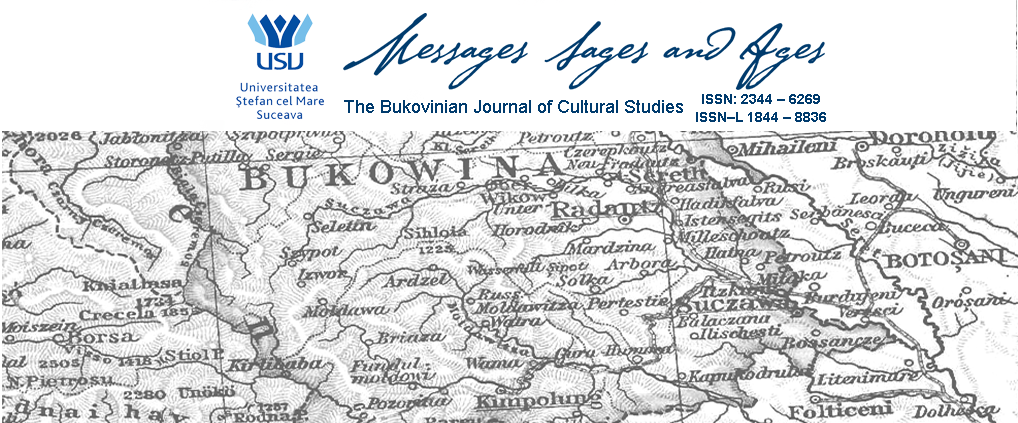In recent years the simulation argument, namely, the idea that our reality is a kind of computer-generated simulation developed for hidden purposes, has acquired some credit and has been appropriated by the conspiracy culture, especially in the works of David Icke, author of paranoid best-sellers and known for his pseudo-theory about Reptilian aliens who secretly rule our world. To understand the reasons for the success of such an implausible pseudo-theory, it is necessary to analyze its genealogy inside popular culture. The methodological proposal underlying this paper is that the analysis of conspiracy theories and pseudo-scientific beliefs can benefit from the contribution of the history of ideas, which traditionally focuses on the reconstruction of the genealogy and the metamorphosis of unit-ideas over time and through different cultural levels. In this way, it is possible to shed light on the background and the peculiar rationality behind these pseudo-theories. The paper highlights New Age appropriation mechanisms of the theories of physicist David Bohm and neuropsychiatrist Karl Pribram (holographic principle), in particular through the pseudoscientific works of the McKenna Brothers (The Invisibile Landscape, 1975) and Michael Talbot (The Holographic Universe, 1991) as well as the impact of some sci-fi works based on the simulation argument, especially Philip K. Dick’s novels and The Matrix movie (1999), in exposing the paranoid and conspiracy implications of this argument. The paper also highlights the role of pseudo-scientific concepts as a characteristic aspect of contemporary superconspiracies, which in the age of rationalization and disenchantment seek to embrace a patina of science in order to be better accepted by the public. Wider application of this perspective to other cases of pseudo-scientific beliefs and contemporary conspiracy theories (e.g. flat Earth or chemtrails) could provide useful suggestions on the most effective way of counteracting them.
Roberto Paura
Author
Roberto Paura is a PhD candidate in Science communication at the University of Perugia, Italy, with a scholarship funded by the Italian National Institute of Nuclear Physics. His research topics include the popularization of physics, the relationships between science and popular culture, and pseudoscience. As a science journalist, he worked for two years for the leading Italian online newspaper Fanpage.it and for three years in the Communication Office of “Città della Scienza” (City of Science Foundation) in Naples, Italy. Now he writes for several magazines in the field of science and popular culture and he’s the editor of Quaderni d’Altri Tempi, an Italian journal of cultural studies. Since 2011 he’s a member of CICAP, the Italian Committee for the Investigation of Claims of the Pseudosciences, and a contributor for the CICAP’s magazine Query. Since 2014 he is the editor-in-chief of Futuri, a journal in the field of futures studies. Since 2016 he is a book editor for the series of science popular books Megaverso of the Italian publishing company “Cento Autori”; his book Universi paralleli (“Parallel Universes”) appeared in print in this series this year.
